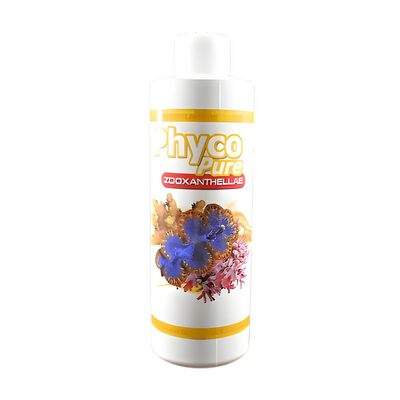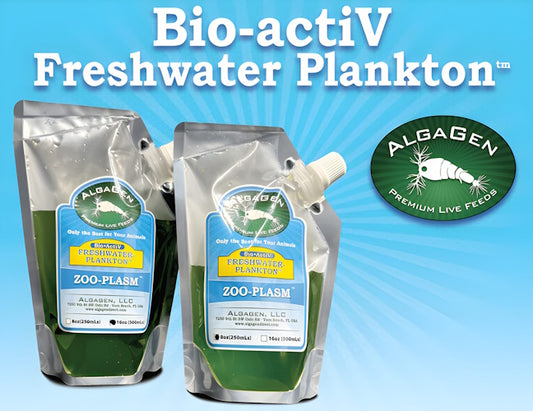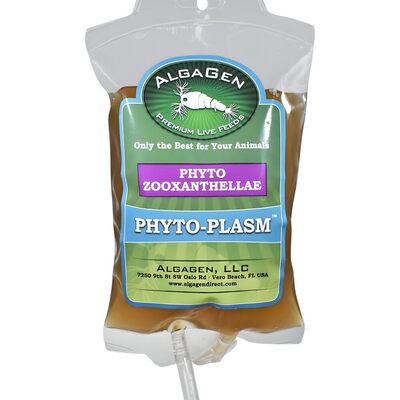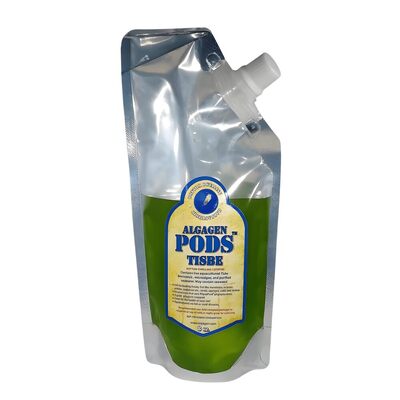Thinking about setting up a bare-bottom tank? This minimalist approach—where the aquarium has no substrate at all—offers unique benefits and challenges for both freshwater and saltwater setups. Whether you’re a beginner seeking easier cleaning or an advanced aquarist focused on breeding or high-flow reef systems, understanding the pros and cons will help you decide if a bare-bottom tank is right for your goals.
What Is a Bare-Bottom Tank?
A bare-bottom tank is simply an aquarium with no gravel, sand, or other substrate covering the bottom glass. Instead, the tank floor is left exposed, sometimes decorated with rocks, driftwood, or artificial plants. This style is popular in breeding, quarantine, and high-flow reef tanks, but it’s also gaining traction among hobbyists who want a sleek, easy-to-maintain look.
Pros of Bare-Bottom Tanks
- Easy Cleaning and Maintenance: With no substrate to trap debris, uneaten food and waste are easy to spot and siphon away during water changes.
- Better Water Quality Control: Less organic buildup means fewer hidden ammonia or nitrate spikes, making it easier to maintain stable water parameters.
- Ideal for Breeding and Quarantine: Bare-bottom tanks are preferred for breeding fish (like discus or cichlids) and for hospital or quarantine setups, where hygiene and observation are critical.
- Prevents Substrate-Related Issues: No risk of anaerobic pockets, compacted sand, or sharp gravel injuring bottom-dwelling fish.
- High Flow Compatibility: In reef tanks, bare-bottom setups allow for strong water movement without blowing sand around, making them popular for SPS coral systems.
- Quick Detritus Removal: Waste settles on the glass, so it can be easily siphoned out before it decomposes and affects water quality.
Cons of Bare-Bottom Tanks
- Less Natural Appearance: Many aquarists find bare glass less visually appealing than a substrate-covered tank with lush plants or natural aquascaping.
- Limited Plant Options: Most live plants require substrate to root and thrive. While some can be attached to rocks or driftwood, carpeting plants and rooted species are not suitable.
- Reduced Biological Filtration: Substrate provides surface area for beneficial bacteria. Without it, you’ll need to rely more on filter media or add extra bio-media to maintain biological balance.
- Reflection and Stress: The reflective glass bottom can sometimes stress shy or bottom-dwelling fish, though adding decor or a background under the tank can help.
- Less Habitat for Microfauna: No substrate means fewer hiding places for beneficial microfauna like copepods, amphipods, or detritivores.
- Potential for Scratches: Cleaning the bare glass bottom can sometimes lead to scratches if gravel or debris gets caught under the scraper.
Quick Comparison Table
| Benefit/Drawback | Bare-Bottom | Traditional Substrate |
|---|---|---|
| Cleaning Ease | Very easy | More effort |
| Water Quality Control | Excellent | Good (if maintained) |
| Planting Options | Limited | Wide variety |
| Natural Look | Minimalist | Naturalistic |
| Biofiltration Surface | Lower | Higher |
| Fish Comfort | Can be stressful for some | More hiding/foraging |
FAQs: Bare-Bottom Tank Setups
Q: Can I keep live plants in a bare-bottom tank?
A: Only certain species, like Anubias, Java Fern, or mosses, which can be attached to rocks or driftwood. Rooted or carpeting plants are not suitable without substrate.
Q: How do I boost biological filtration in a bare-bottom tank?
A: Use high-capacity sponge or canister filters with extra bio-media, or add ceramic rings and bio-blocks to increase beneficial bacteria surface area.
Q: Are bare-bottom tanks better for saltwater or freshwater?
A: Both can benefit, but bare-bottom setups are especially popular in high-flow reef tanks and breeding or quarantine freshwater tanks.
Pro Tips for Bare-Bottom Tanks
- Place a colored background or mat under the tank to reduce reflections and add visual interest.
- Use rocks, driftwood, or artificial decor to provide hiding spots and break up the open space.
- Consider adding a product like AlgaGenPods™ Tisbe to seed beneficial microfauna in marine setups, even without substrate.
- Increase bio-media in your filter to compensate for the lack of substrate-based bacteria.
- Clean the bottom regularly to prevent buildup and scratches—use a soft sponge or siphon, not a razor blade.
“Bare-bottom tanks offer unmatched ease of cleaning and water quality control, but require creativity to look natural and support a thriving ecosystem.”
Further Reading & Product Spotlight
For more tips on balancing tank ecosystems, see Copepods and Amphipods: A Complete Care Guide and Top 5 Live Feeds for Thriving Reef Tank Ecosystems.
Conclusion
Bare-bottom tanks are a practical, low-maintenance option for many aquarists, especially those focused on breeding, high-flow reefs, or easy cleaning. While they offer crystal-clear water and simple upkeep, they may lack the natural look and biological complexity of traditional setups. By understanding the trade-offs and following best practices, you can enjoy the benefits of a bare-bottom tank while minimizing the drawbacks—making it a rewarding choice for the right situation.





Recent post